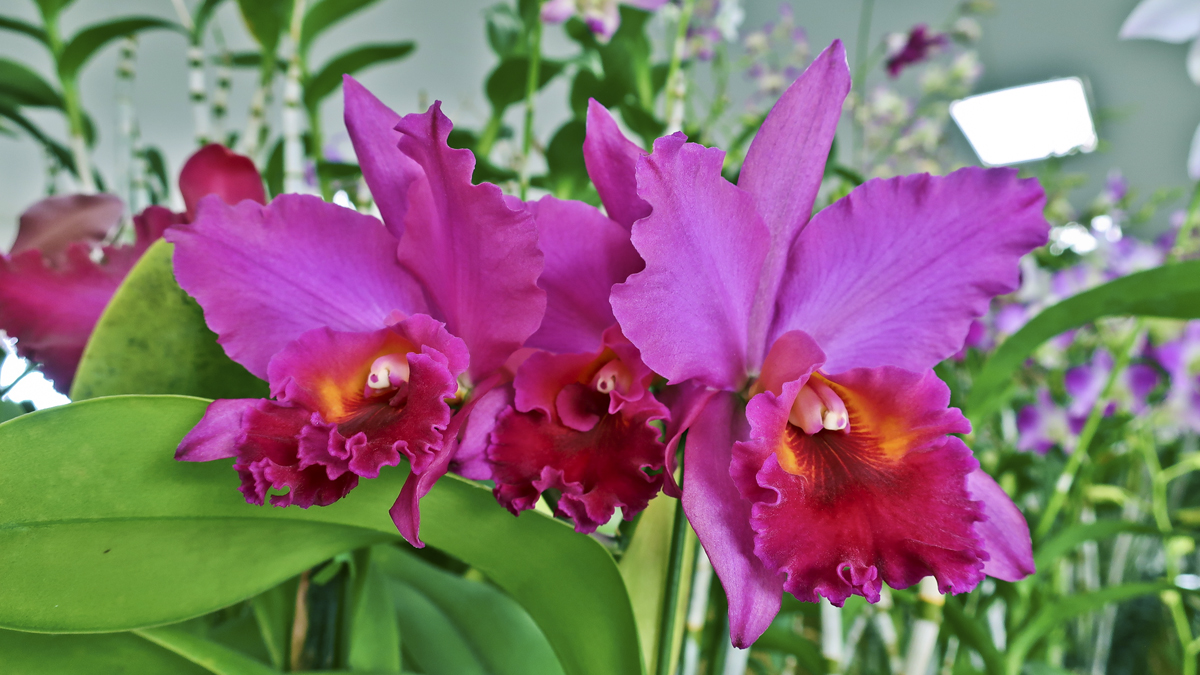
It’s always summer in Ecuador, the country named for the fact that the sun’s always nearly straight overhead. If you can’t get tropical flowers to grow here, you’re not trying; but the farmers here have become close to fanatical about perfection.
Towering exotic blooms in pinks and golds look like flocks of really exotic birds. Roses grow on stems that are two feet long. It’s all surrounded by greenery so vivid it almost doesn’t seem real. And thanks to modern transportation, you can find these blooms at your local florist the day after they’re picked.
On a port stop in Guayaquil, on our South American cruise on Seven Seas Explorer. We get to experience what makes valleys on the coast of Ecuador the closest thing to the Garden of Eden.
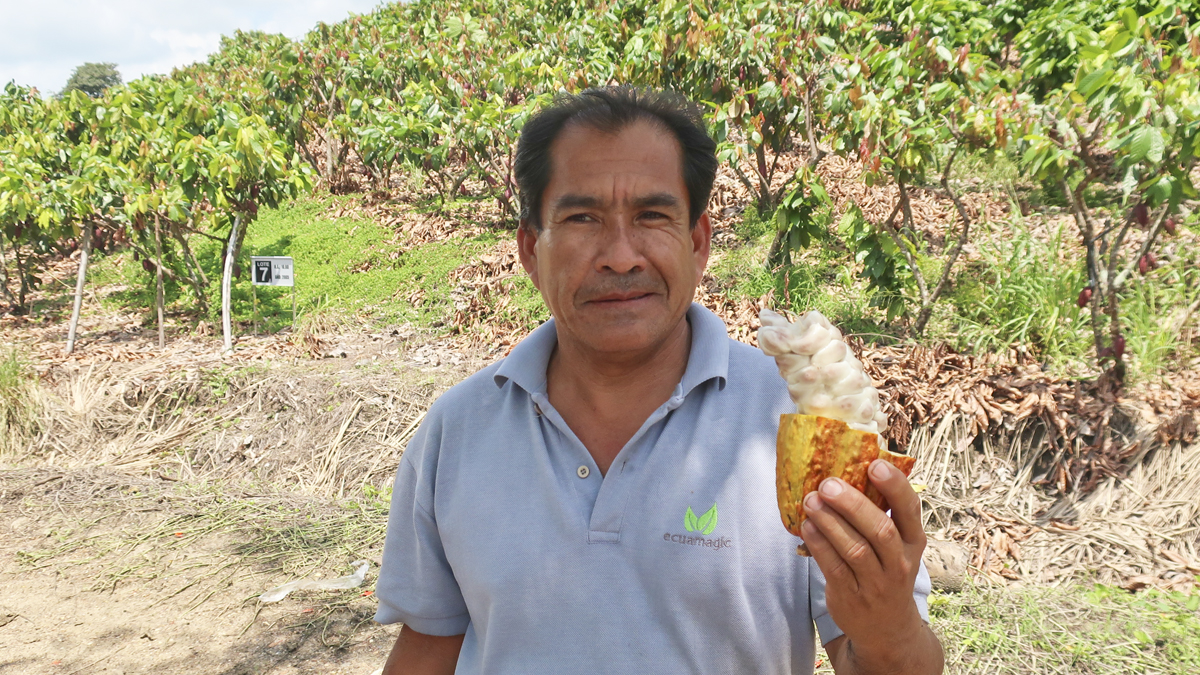
Chocolate grows on trees
Driving north on a specialty tour organized by Regent Seven Seas Cruises, our first stop is the Hacienda Palo Santo a cocoa farm located on the Cerecita Valley about an hour from Guayaquil. It’s been run by the same family for three generations and prides itself on preserving some of the rarest lineages of cacao. We’re greeted by a farm hand holding a rather lethal-looking machete who carefully hacks off the outer layer of a football-sized pod to reveal rows of beans inside, which are the source of some of the world’s best chocolate.
One of the world’s 11 cacao varieties called Nacional is native to Ecuador and is famous for the aroma and flavor of the chocolate made from it. But its yield is low, so at Palo Santo, they’ve developed a hybrid variety that’s more prolific and resistant to disease than pure Nacional, we’re told. While the main harvest is from November to June, when the pods turn a ripe red or yellow, these plants plant produce all year round. When you pick a pod, a flower growing next to it starts to develop into a new bean pod.
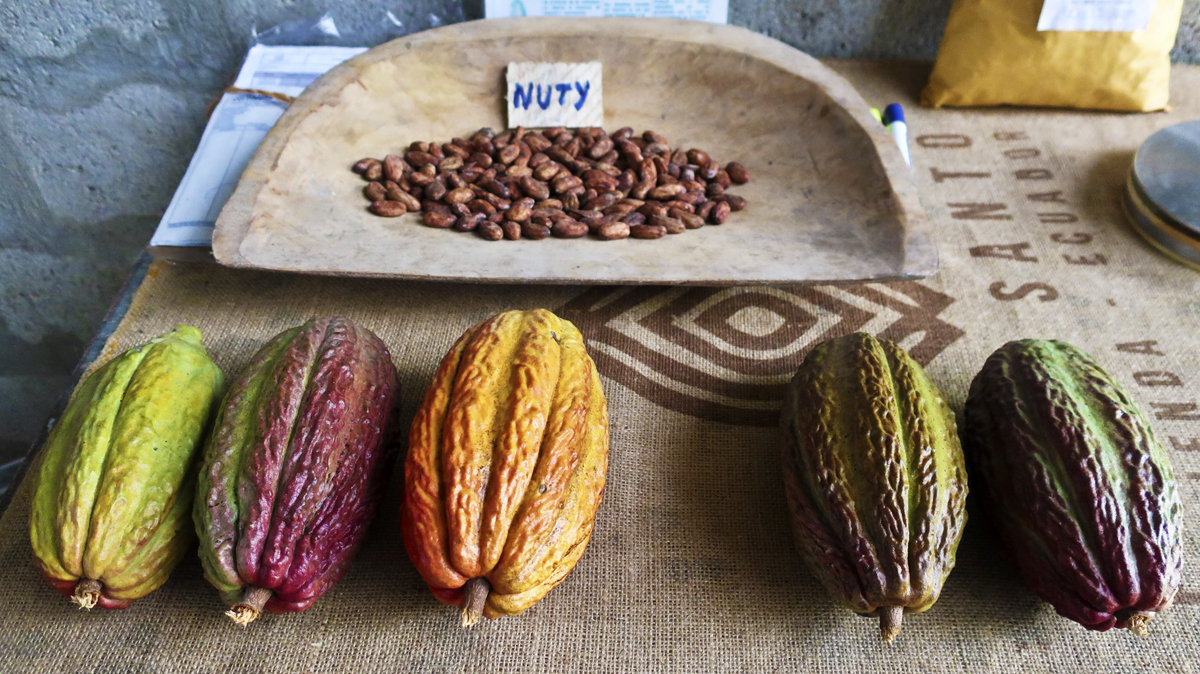
After picking, the beans are held in bags for about five days to ferment. Then they get spread out in shallow drying tanks about the size of swimming pools until they reach the right humidity, about 7 per cent. But at that point the pods don’t taste much like finished chocolate. They need to be roasted and ground, heated and mixed with other ingredients, including sugar of course, to bring out the final flavor.
Palo Santo exports most of its crop to boutique chocolate producers in Europe and the United States and the beans command a premium of up to three times the price paid for beans from other countries. If you’re a dedicated do–it-yourselfer, you could order fresh cocoa beans delivered to your home by air freight.
You can avoid all the effort by just buying the finished product in chocolate bars. Palo Santo is now producing a house brand of dark chocolate that has won international awards. Once you’ve tried it, you’ll want more.
It’s a Heliconia of a show
Magic Flowers, which is in the same vicinity as Palo Santo has become one of the world’s largest exporter of tropical flower bouquets. Large-scale growing and mass production techniques make it possible to pick, wash, arrange and package plane loads of huge, showy bouquets of tropical flowers and get them to markets in North America and Europe overnight.
The secret is using assembly-line techniques to clean and organize the different flowers and leaves then have assemblers artfully put together the selected sequence of flowers, trim and tie them and place them on conveyor belts to the wrapping and boxing area. Within hours of being cut in the fields, the flowers are on their way to customers by air freight.
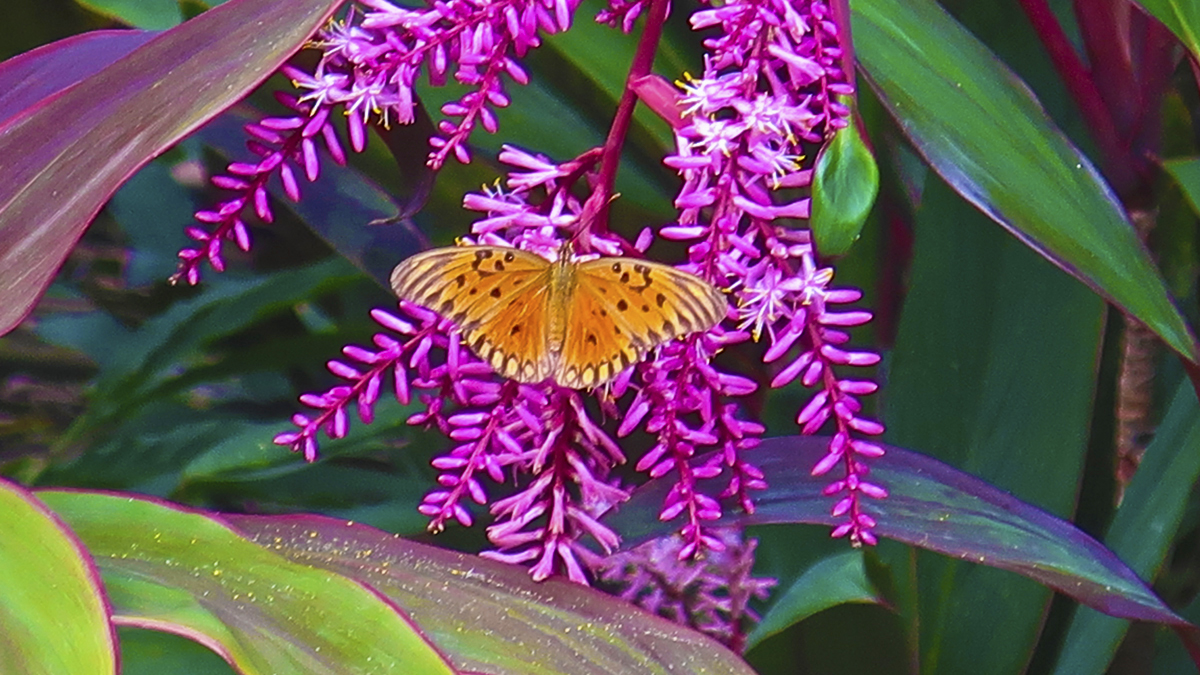
The plantation is owned and managed by Maria and Esteban Saenz, who met 25 years ago. Their love for nature and passion for farming led to founding their business as a team. Esteban is a professional agronomist, the leader and manager of production, while Maria directs sales and exports.
A couple of pointers they give us are that tropical flowers need a lot of water. You should keep the water level in the vase high and mist the tropical flowers daily to keep them from drying out in climates less humid than a rain forest. And you should never take off the rubber bands that hold the bouquets together, or the arrangement will quickly become unruly, with stems heading off in all directions.
I’ve got a lovely valley full of orchids
Next stop is Ecuagenera, a family owned company specialized in the production and the conservation of orchid species and hybrids. The company has more than 80 employees and there are eight facilities around the country, because there are more than 8,000 varieties of hybrid orchids and not all of them grow in the same conditions. The headquarters is in the Gualaceo Valley, at 2,250 meters above sea level, and a walk through the acres and acres of incredibly colorful flowers that stretch to the horizon is an extraordinary experience.
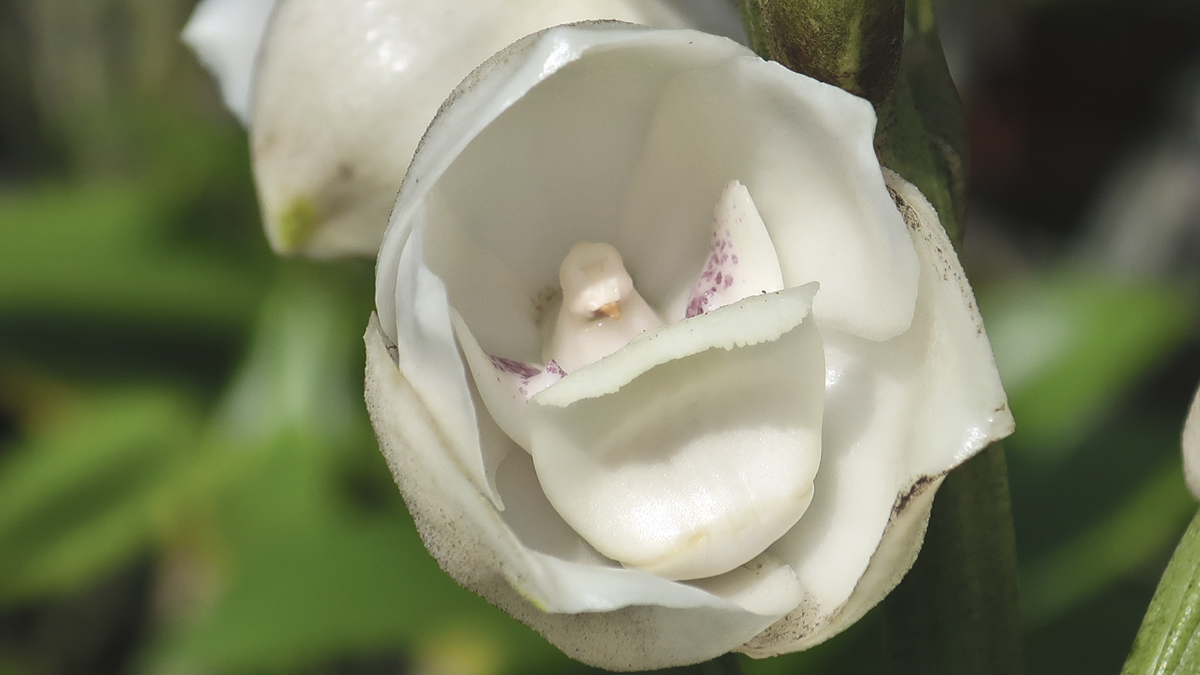
The company dates back to a research project begin in the 1950s by Salesian Father Angel Andreetta. He became a specialist in propagating rare orchid species, no doubt inspired by orchid’s flower whose center resembles a priest at an altar. Two brothers who later helped out in the project began an export company in 1992, with permission from the Convention on International Trade in Endangered Species.
Unfortunately, the guests on the Seven Seas Explorer weren’t able to take home a beautiful souvenir of their visit. Because the ship was headed to the United States, a special export permit would take too long to process. (They are available online for shipment to North America).
Still we leave with memories of a day in Eden-like gardens. And the chocolates at dinner and on our pillows that evening are from Ecuador.
It really was a sweet day.
All Regent Seven Seas Cruises include a choice of number of complimentary shore excursions at every port. In addition there are more in-depth Regent Choice tours that come with additional fees. This day-long tour, The Flowers of Guayaquil, was priced at $99 a person.

